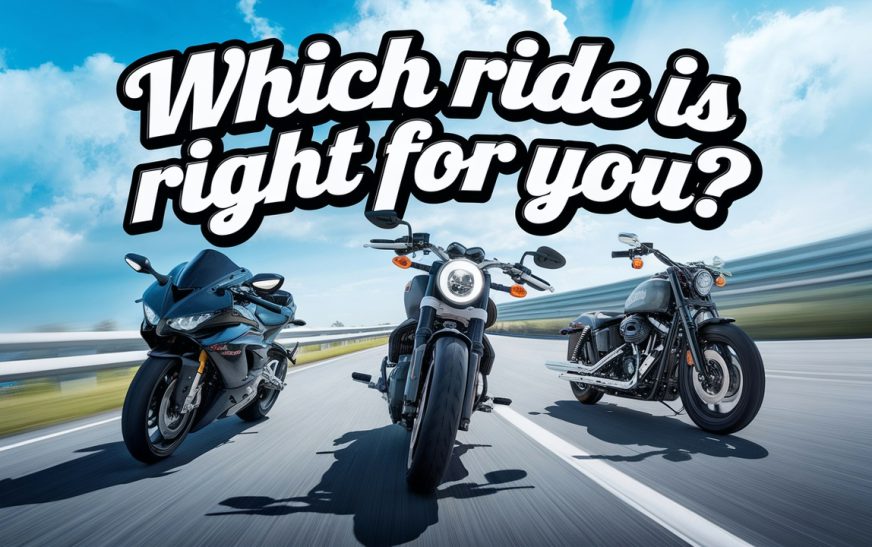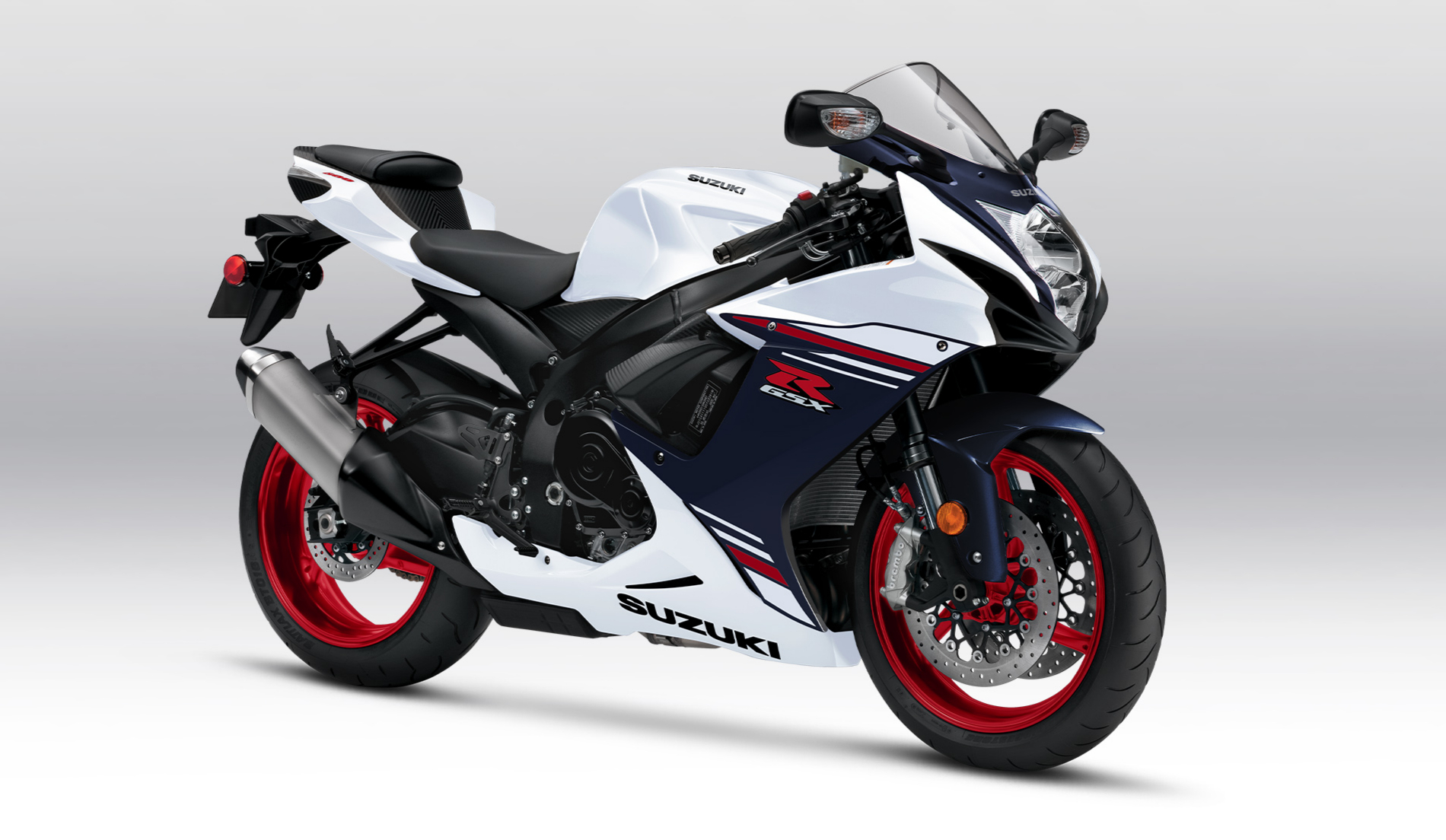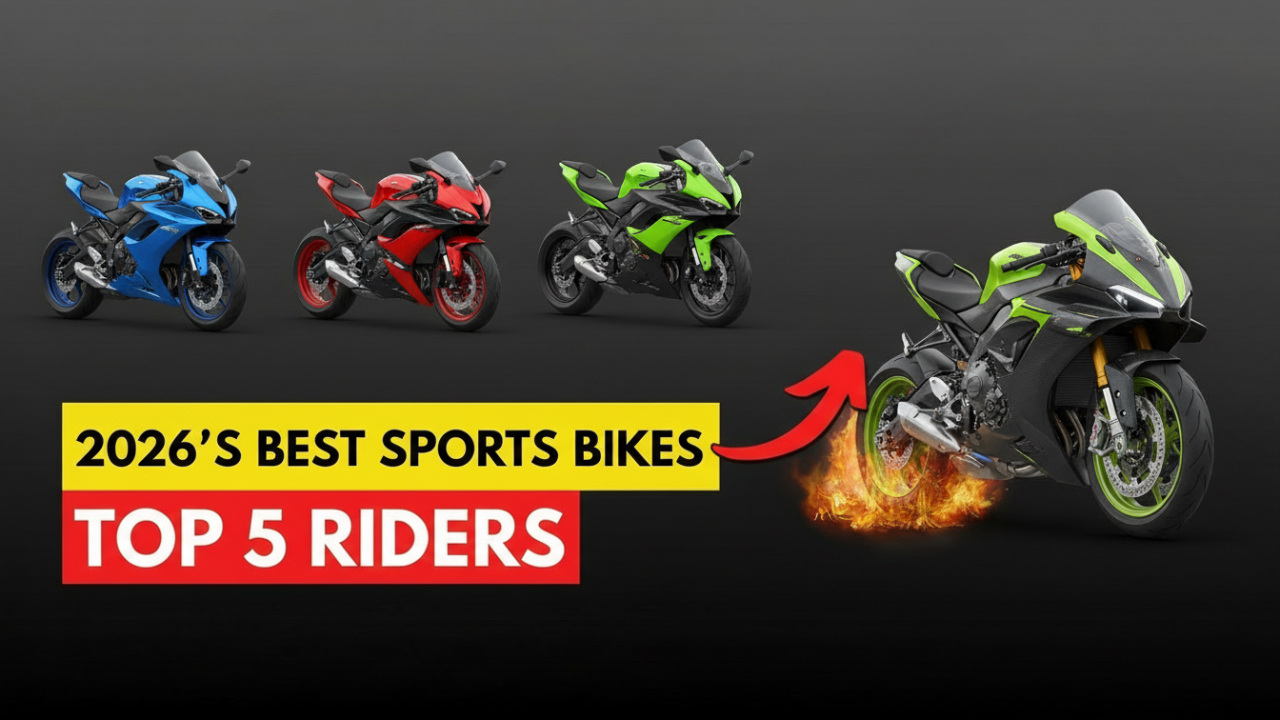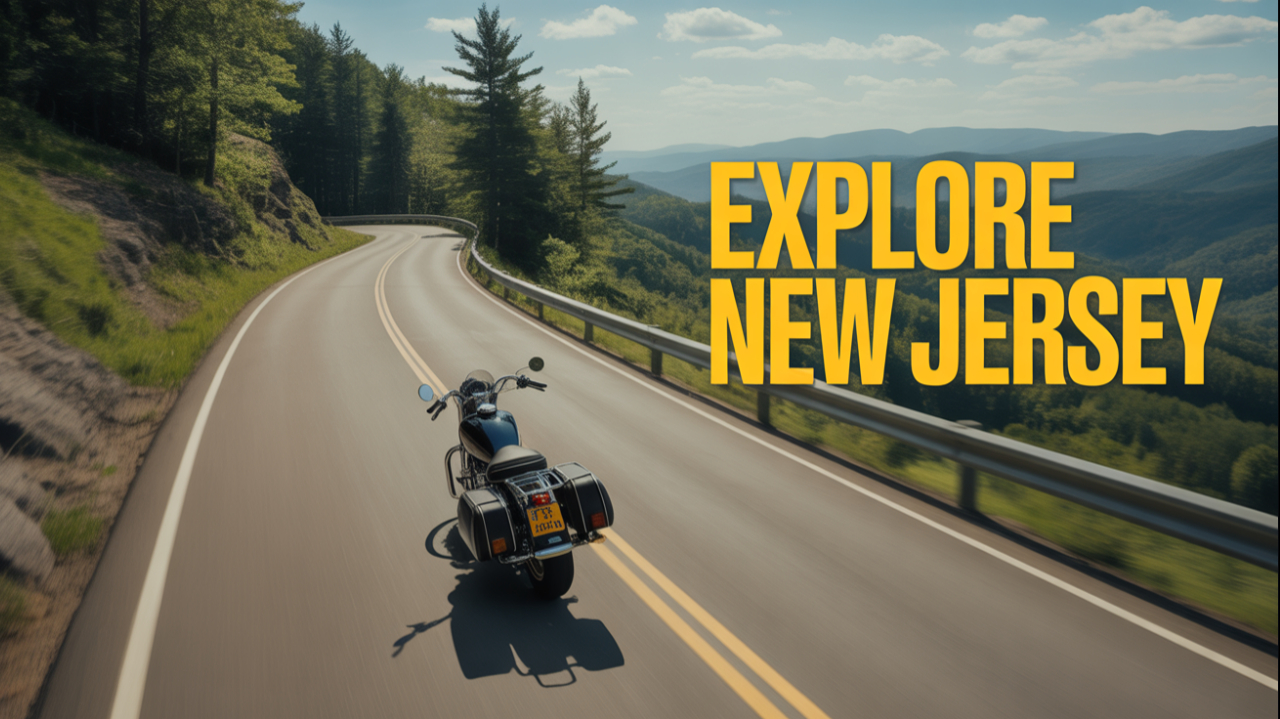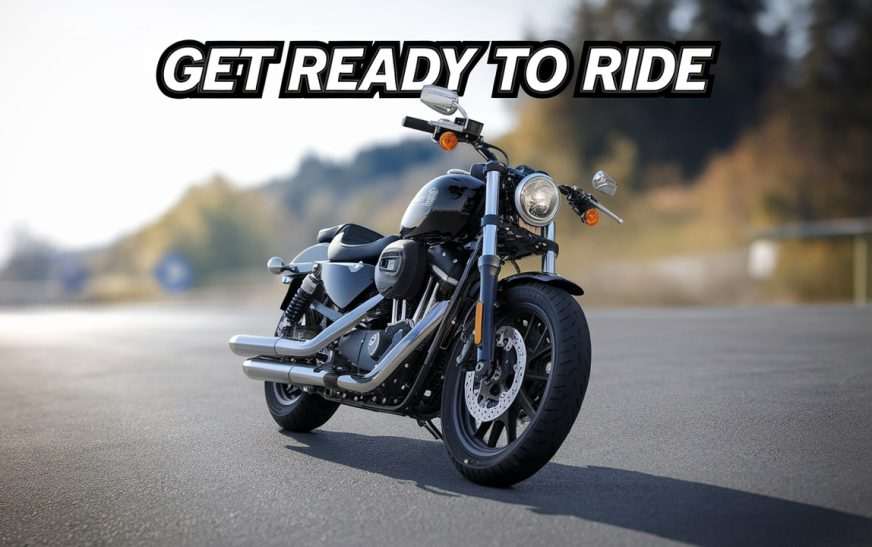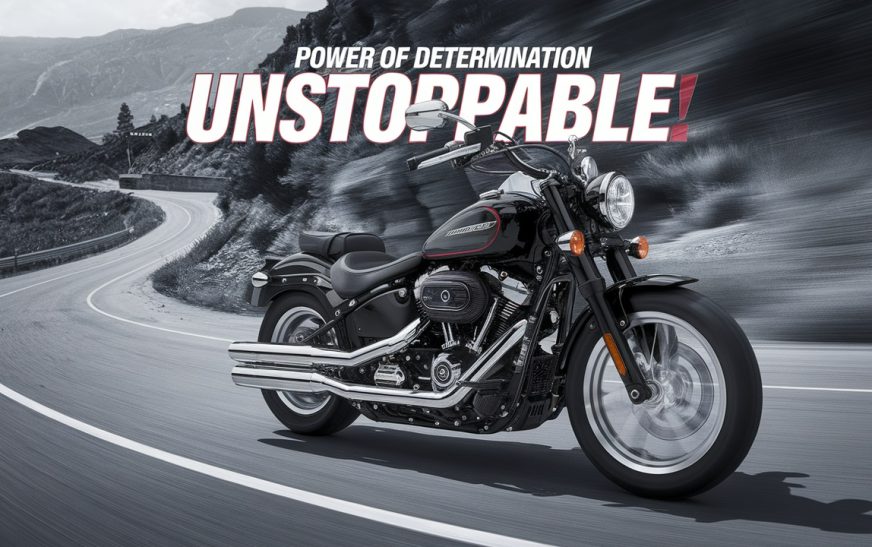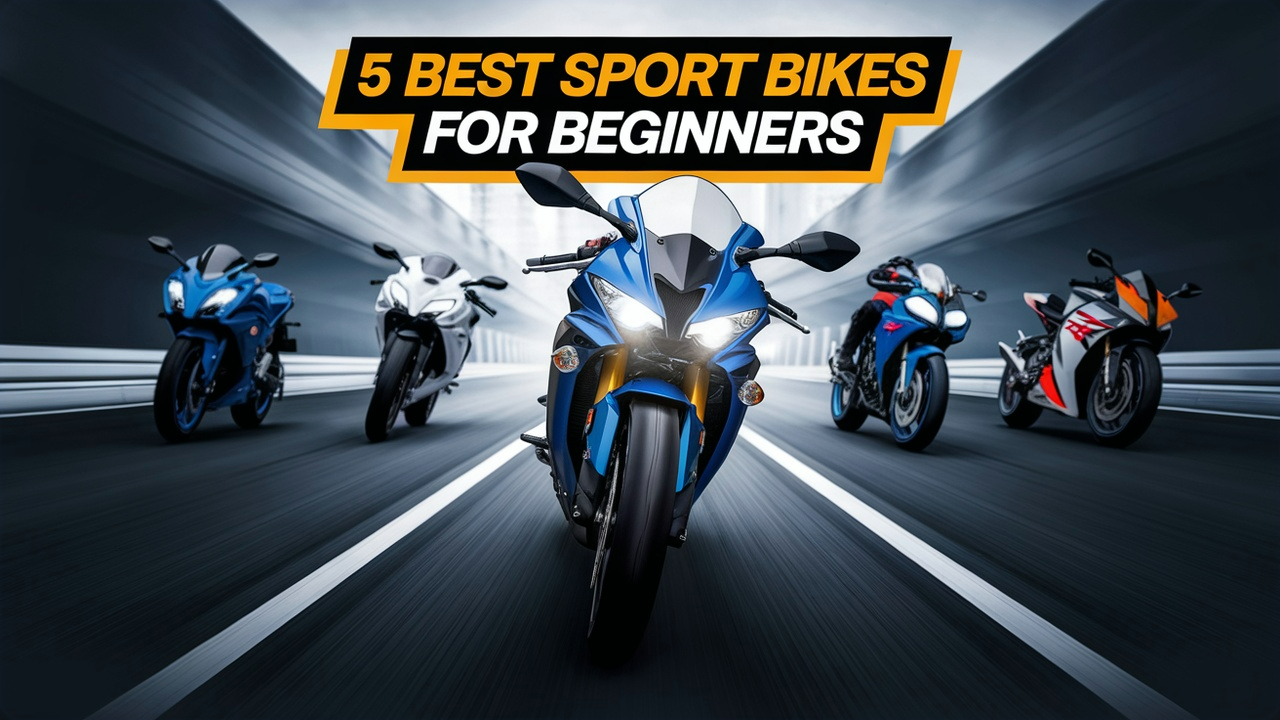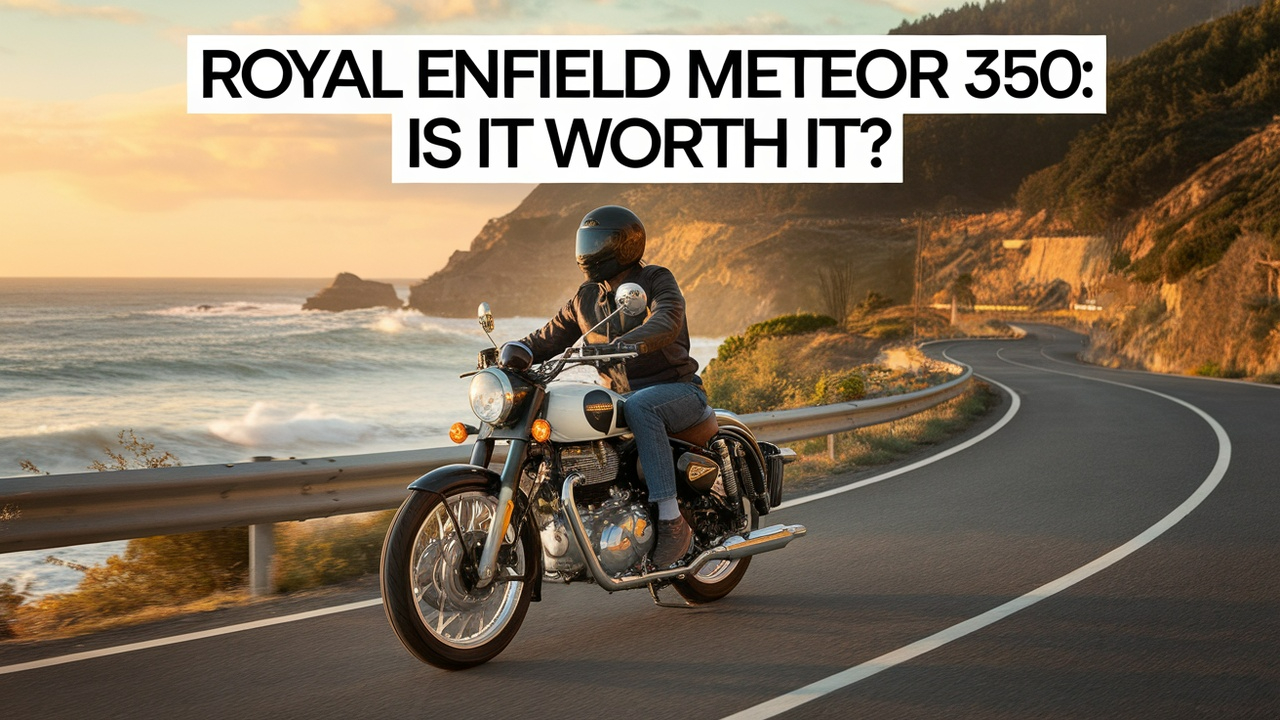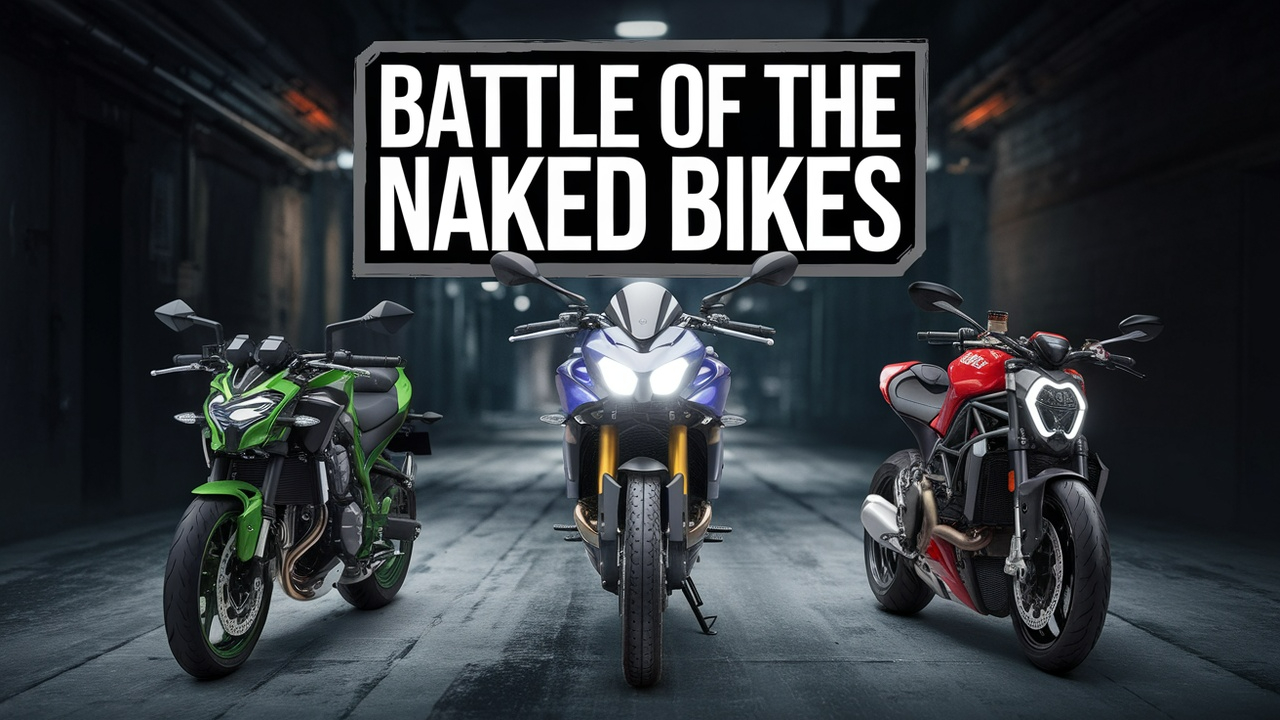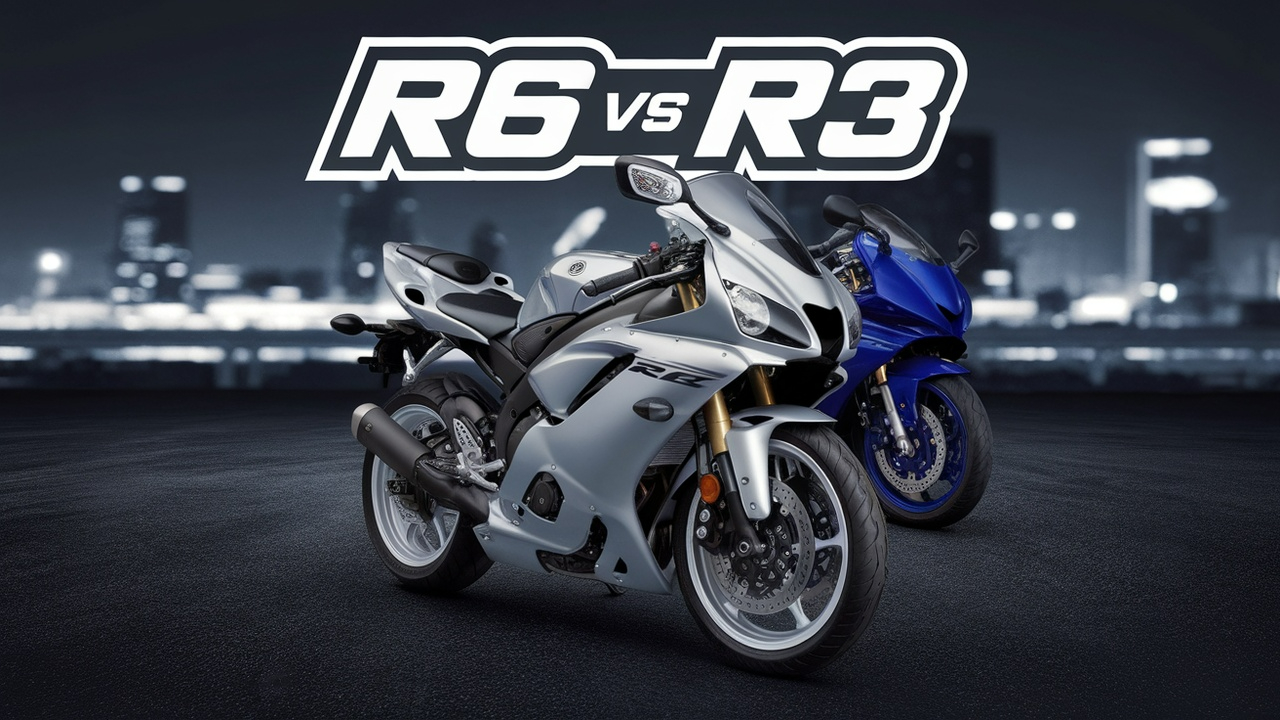Riding Style
Choosing the right motorcycle can be an overwhelming experience, especially for those new to the world of motorcycling. With so many different types, brands, and features to consider, it’s easy to feel lost. However, selecting a motorcycle that fits your riding style can make all the difference in your experience, safety, and overall satisfaction. Whether you’re a beginner, a seasoned rider, or someone looking to switch to a different type of motorcycle, understanding your riding needs and the characteristics of various motorcycles is essential. This guide will walk you through the key considerations to help you make an informed decision.
Understanding Your Riding Style
Before diving into the specifics of motorcycle types, it’s important to understand what you want out of your riding experience. Your “riding style” refers to how you plan to use your bike, the kind of terrain you’ll be riding on, and the level of performance you’re seeking. To make a smart choice, start by asking yourself some basic questions:
- Where do you plan to ride most often?
- Will you be commuting around the city, cruising down highways, or venturing off-road on rugged trails? Your answer will significantly influence the type of bike you should consider.
- What is your experience level?
- Are you a beginner rider, or have you been riding for years? Beginners generally need a bike that’s easier to handle, while experienced riders might prefer a more powerful motorcycle.
- What are your performance expectations?
- Do you want a motorcycle that offers thrilling speed and acceleration, or are you looking for something more comfortable and steady for long rides?
- Do you prioritize comfort, style, or speed?
- Some riders place a higher premium on comfort for long journeys, while others focus more on the power and agility of the bike.
Answering these questions will give you a clearer idea of what you’re looking for, helping to narrow down your options.
Motorcycle Types and Their Riding Styles
Motorcycles come in various categories, each designed for a specific purpose. Let’s take a closer look at the most common types of motorcycles and the riding styles they best accommodate.
1. Cruiser Motorcycles: Low and Steady
Cruisers are often associated with long, laid-back rides, making them perfect for those who enjoy cruising at a relaxed pace. These bikes typically have a low seat height, making them a good choice for riders who want a comfortable, stable ride. Cruiser motorcycles, like the Harley-Davidson Softail or the Indian Scout, are ideal for highway cruising and city commuting. They usually have larger engines, often between 600cc and 1800cc, providing strong torque, which is perfect for steady, low-speed cruising.
Best for: Comfortable rides on smooth highways, urban commuting, and riders who enjoy relaxed, low-revving engines.
Key Considerations:
- Comfort: Cruisers often have a relaxed, upright riding position.
- Handling: These motorcycles are easy to handle at low speeds but can be less nimble in tight spaces.
- Power: They are often geared toward comfort and low-end torque rather than high speeds.
2. Sport Motorcycles: Speed and Agility
Sport bikes are designed for speed, agility, and performance. These motorcycles are lightweight and equipped with high-performance engines, making them perfect for riders who love the thrill of fast, responsive handling. Popular sport bikes, such as the Yamaha YZF-R6 and the Kawasaki Ninja series, feature high-revving engines, aerodynamic designs, and aggressive riding positions. They’re built for tackling twisty roads and track days.
Best for: Riders who prioritize speed, performance, and cornering ability.
Key Considerations:
- Aggressive riding position: Sport bikes have higher foot pegs and lower handlebars, which may be uncomfortable for longer rides.
- Speed and handling: These bikes are made for fast riding and sharp handling, but they can be difficult to control for beginners.
- Maintenance: Sport bikes can require more frequent maintenance due to their high-performance engines.
3. Touring Motorcycles: Comfort for Long-Distance Riding
Touring motorcycles are built for comfort and convenience during long rides. These bikes are designed to handle long-distance trips and come equipped with a variety of features such as large seats, windshields, cruise control, and ample storage for luggage. Models like the Honda Gold Wing and the BMW K1600GTL are popular choices in this category. Touring motorcycles often have large engines and a relaxed, upright riding position, making them great for highway cruising and cross-country adventures.
Best for: Long-distance touring, road trips, and riders seeking a comfortable experience.
Key Considerations:
- Comfort: These bikes are designed for long hours on the road, offering plenty of space and adjustable features.
- Handling: Touring bikes are often heavier and can be more difficult to maneuver, especially at low speeds.
- Storage: If you’re planning long trips, a touring bike will provide plenty of storage space for gear.
4. Adventure and Dual-Sport Motorcycles: Versatility for All Terrains
Adventure and dual-sport motorcycles are designed to handle both paved and off-road terrain, offering versatility for riders who want to explore a variety of environments. These bikes feature taller suspensions and knobby tires, making them perfect for tackling dirt roads, trails, and even off-road excursions. Popular examples include the Suzuki V-Strom and the BMW GS series. They strike a balance between the comfort of touring bikes and the ruggedness of dirt bikes.
Best for: Riders who want to explore both on-road and off-road terrains.
Key Considerations:
- Versatility: These bikes can handle a variety of terrains but may not perform as well in either environment compared to specialized bikes.
- Height: Adventure bikes often have higher seat heights, which can be a challenge for shorter riders.
- Comfort: While they offer better off-road capabilities, they may not have the same level of comfort as dedicated touring bikes.
5. Dirt Bikes: Off-Road Focused
Dirt bikes are designed for off-road performance, built to handle rough trails, mud, and sand. They feature long suspension travel, knobby tires, and lightweight frames, making them highly capable on rugged terrain. These bikes, like the Honda CRF450 or the Kawasaki KX250, are perfect for riders who want to hit the trails and engage in off-road racing. Dirt bikes excel in agility but may not be as comfortable or practical for on-road use.
Best for: Off-road riding, motocross, and adventure riding on rough trails.
Key Considerations:
- Off-road performance: These bikes are designed to perform well on dirt, gravel, and other rough surfaces.
- Lightweight: Dirt bikes are often lighter than other types, which makes them easier to handle in challenging terrain.
- Limited street use: Most dirt bikes are not street-legal without modifications.
6. Standard Motorcycles: A Balanced Choice
Standard motorcycles, also known as naked bikes, offer a balanced riding experience. They’re versatile and can handle a variety of riding styles, making them suitable for new riders who are unsure of what type of bike to choose. Standard motorcycles typically offer an upright, comfortable riding position, with enough power to handle both city and highway riding. The Honda CB500 and the Yamaha XSR700 are great examples of standard bikes.
Best for: Riders looking for a balance of comfort, performance, and versatility.
Key Considerations:
- Comfort: These bikes offer an upright riding position, making them comfortable for long rides.
- Versatility: Standard bikes can handle various types of riding, from commuting to casual cruising.
- Handling: They tend to be lightweight and easy to maneuver, even for beginners.
Other Key Factors to Consider
In addition to your riding style, there are several other factors you should consider when choosing a motorcycle:
1. Engine Size
The engine size (measured in cubic centimeters or cc) plays a crucial role in determining a motorcycle’s power and performance. Larger engines (1000cc and above) provide more power, making them ideal for experienced riders or those seeking high-speed performance. Smaller engines (250cc to 600cc) are generally better for beginners, as they offer less power, making the bike easier to control.
2. Weight and Seat Height
The weight of the bike affects how easily it can be maneuvered, especially at low speeds. Heavier bikes may be more stable at high speeds but can be challenging to handle in tight spaces. The seat height is another important factor. Riders of shorter stature may find bikes with lower seat heights more comfortable and easier to manage.
3. Budget and Maintenance
Motorcycles come in a wide range of prices, from budget-friendly options to high-end models. It’s important to factor in not just the initial cost of the bike but also the ongoing maintenance and insurance costs. Some bikes may require more frequent servicing, while others have a reputation for reliability and longevity.
4. Rider Comfort and Accessories
Riding comfort is essential for any motorcyclist, especially if you plan to spend a lot of time on your bike. Pay attention to factors like the comfort of the seat, the handlebar position, and whether the bike has features like cruise control, heated grips, or adjustable foot pegs. Additionally, consider any accessories or modifications you might want to add later, such as saddlebags, windshields, or custom handlebars.
Conclusion
Choosing the right motorcycle depends largely on your riding style, preferences, and experience level. Whether you’re looking for a bike for long highway cruises, fast track days, or thrilling off-road adventures, there’s a perfect bike out there for you. By considering factors such as the type of riding you
Are you curious if the Yamaha R3 can outperform the R6? Please click here for further information.

